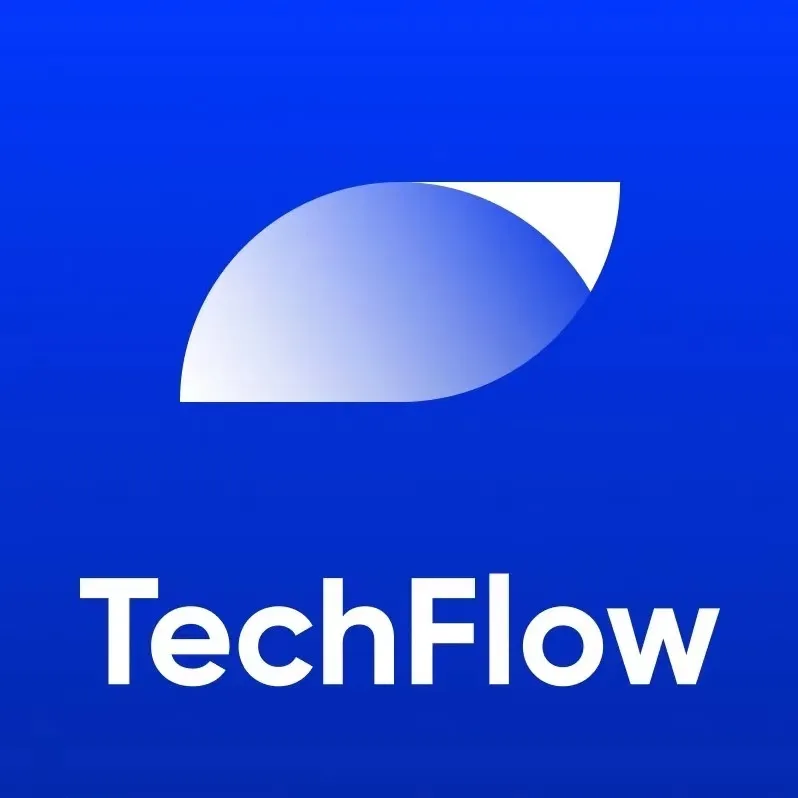Dialogue with Framwork Ventures Co-founder: In-depth Exploration of MakerDAO and Lido, Investigating the Development Path of Leading Projects
整理 & 编译:深潮 TechFlow
In this episode of the Bell Curve podcast, Mike and Myles delve into the business approaches of MakerDAO and Lido with adcv, the main person in charge of Steakhouse Financial, and Vance, co-founder of Framework Ventures.
Adcv is involved in both MakerDAO and Lido projects, while Vance brings a wealth of VC investment perspective and experience. They explore issues such as value accumulation, strategic direction, business models, and ultimate outcomes of the two protocols from their respective fields.
5-minute reading podcast notes save you 80 minutes of time.
Here are the main points of the conversation, compiled by 深潮:

Hosts: Mike, Blockworks; Myles, Bell Curve
Speakers: adcv, main person in charge of Steakhouse Financial; Vance Spencer, co-founder of Framework Ventures
Video Attribution: Bell Curve Podcast
Program: Link
Release Date: August 1
Explaining Liquid Staking to Laymen
Adcv and Vance first emphasized their desire to provide the audience with a mental model and framework for evaluating crypto protocols, which can simplify our understanding of liquid staking.
Adcv explained the concept of liquid staking protocols. He described it as a way to enable as many people as possible to participate in staking, which is its core value proposition.
Adcv also offered an interesting analogy, comparing these liquid staking protocols to banks. When people purchase liquid staking tokens, they are not staking themselves but transferring their staking rights elsewhere, where another party does the staking. He believes that the structure of banks is a useful way to think about it.
He thinks that Ethereum, staking, and liquid staking may resemble past models in some ways, but in most important aspects, they are unprecedented.
Business Models, End Goals, and Similarities/Differences of MakerDAO & Lido
MakerDAO's ultimate goal is to become a large central bank that operates on-chain. It has many different use cases and types of collateral that can be accessed.
The DAO structure is actually designed for user acquisition, collateral access, and all areas that require governance to drive different matters. Another ultimate goal of MakerDAO is to continuously push for more collateral and debt, allowing more people to hold stablecoins.
Lido's ultimate goal differs from that of MakerDAO. Lido currently primarily focuses on Ethereum's liquid staking. Lido's ultimate goal depends on what it can do and how it wants to participate.
Lido has the potential to become a reserve currency, which stablecoins like DAI cannot achieve because DAI largely relies on USDC and real-world assets, which are not blockchain-native. Lido's market may be larger.
They also discussed the similarities between Lido and MakerDAO in asset-liability management. Both protocols need to manage assets and liabilities, but they approach these issues differently. For example, MakerDAO is more like traditional asset-liability management, while Lido is not.
Adcv and Vance talked about how Lido's growth rate is much faster than DAI's, which may affect its ultimate goals. Lido's TVL (Total Value Locked) is three times that of DAI, indicating that Lido is growing rapidly.
They discussed how Lido might leverage its growth. For instance, people can use stETH for re-staking, which could provide more growth opportunities for Lido.
Regarding governance, MakerDAO's ultimate goal is to decentralize decision-making and responsibility through a sub-DAO model to reduce any centralization risks.
Liquid Staking as a Service, LSTs, and a Basket Index
The speakers discussed the concept of staking as a service and how this model affects the risks and rewards for Ethereum validators. They mentioned that if Lido could automate its decision-making process and reduce human intervention, it could become a very attractive service.
They also discussed how Lido could transform from a simple market model to a more complex one by creating a more sophisticated staking router. This staking router could help decentralize node operator pools, thereby reducing centralization risks.
Vance hopes that in the future, large institutions like Coinbase, UBS, and Goldman Sachs can join Lido, working alongside individual stakers, individual validators, and professional validators to collectively prevent centralization risks.
Vance Spencer then discussed Lido's business model. He pointed out that for Lido and many other decentralized protocols, the goal is not necessarily pure profit. He believes Lido's goal is to decentralize the node operator pool, ensure geographical distribution, and maintain the integrity of Ethereum's underlying infrastructure.
Vance mentioned Lido's potential business model and growth opportunities. Through the "liquid staking as a service" model, Lido can connect stakers with the right validators, thereby achieving growth.
In liquid staking as a service, fees are a very critical issue. If Lido can flexibly adjust its fee model based on the scale and needs of validators, it may attract more validators to join.
Additionally, providing users with choices in the service is also key to attracting participation. For example, allowing Ethereum holders to choose their validators could attract more Ethereum holders to join.
Vance Spencer also mentioned the issues of KYC and institutional staking. He believes that people often think institutions need to conduct KYC on actual liquid staking tokens, but if these liquid staking tokens change ownership on-chain and the next buyer has no KYC, then this practice is not very meaningful.
Vance Spencer also brought up the issue of LSTs. He believes that many LSDFi protocols are essentially just ordinary DeFi protocols that use liquid staking tokens as collateral. He pointed out that while this model might help guide development in the early stages, it is difficult to distinguish this model from protocols like Maker in the long run.
Furthermore, LST Indices seem to increase risk as well. LST Indices are investment tools that track and reflect the performance of a basket of liquid staking tokens, allowing investors to invest in multiple different liquid staking tokens by purchasing one product.
Vance Spencer mentioned in the video that this index might not provide more security but could actually increase risk. This is because, while this index can offer diversity, it does not eliminate the specific risks associated with each liquid staking token's validator.
Additionally, he pointed out another issue: this index might mislead investors into thinking that by purchasing this index, they can achieve more security. In reality, since each liquid staking token has its own risks, this index is not necessarily safer.
Lido's Revenue Growth and Bribery Model
Vance Spencer suggested that Lido may have found its product-market fit and is continuing along its established path. However, as the market for staking assets becomes saturated, Lido may need to decide whether to be content with its current scale or seek growth in more complex areas.
They also discussed that Lido may need to diversify its validator pool to unlock a larger market share, which may require Lido's governance model to become more open.
Adcv also talked about Lido's potential business model, which includes node operator distribution as a service (NODAS). The basic idea of this model is that if a protocol (like Optimism) wants a more decentralized sequencer pool, they can turn to Lido, as Lido already has a distributed validator pool and has completed the work of geographical distribution. This could be an interesting opportunity for Lido.
This node operator distribution service was summarized by them as a transformation that increases supply-side. This growth strategy would not affect Lido's users, as they can still enjoy Lido's services without needing to worry about Lido's internal operations.
Vance Spencer and Adcv discussed two different value accumulation models: the first is the traditional model, where the protocol collects cash flow through fees or other means and then distributes this cash flow to token holders after a period.
The second model aligns more with the characteristics of cryptocurrency, integrating demand for tokens into product design during the creation of the protocol, such as by allowing tokens to play a key role in the operation of the protocol.
They discussed the pros and cons of these two models but did not specify which model Lido would choose. This may be because this decision needs to be made by Lido's governance body rather than by an individual.
Adcv discussed Lido's product strategy. Most people choose to use Lido for staking rather than Lido actively acquiring these users, indicating that refining the product itself is the best growth strategy. They believe Lido should focus as much as possible on the core issue: making staking easy. Focusing on solving this problem may yield more benefits.
They also discussed Lido's potential bribery model, where if you purchase a large amount of LDO before staking, you can lower the fee parameters of specific modules and then stake at a cheaper price.
Vance and Adcv believe this could be a way to find value accumulation for these tokens. If these tokens cannot claim to become cash flow, then there must be other ways to reflect the value of holding the tokens.
Finally, the hosts and the two guests looked ahead to Lido's future development direction, including how to balance growth and profit.
The conversation mentioned a possible model where validators bid for more staking shares, which could increase Lido's profits without affecting users. However, they also recognized that this model might lead to an overly concentrated validator pool, negatively impacting Lido's long-term market share.











